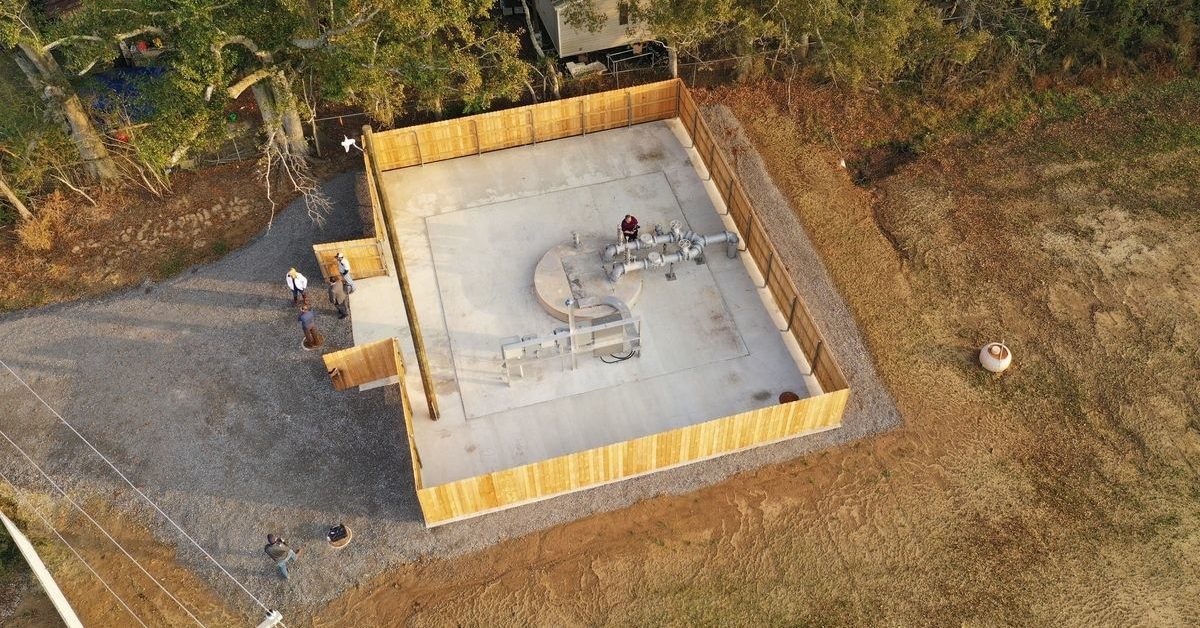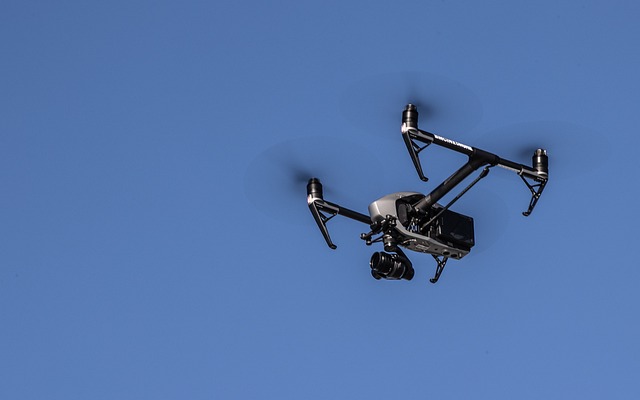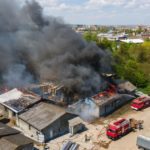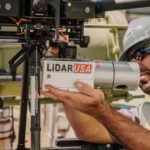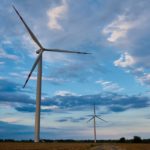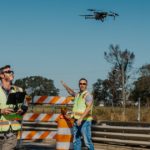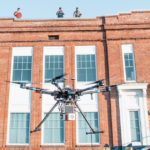Safety inspections are performed in lots of industries to ensure buildings and structures are safe and functioning well, and to figure out if any types of repairs are needed. Conducting safety inspections using traditional methods can be dangerous for inspectors who have to climb high structures, and visual inspections can sometimes be less than perfect.
Drones can perform almost any type of safety inspection quickly, safely, and accurately. Drone inspections are safer for inspectors and the public and can also significantly lower inspection costs.
In this article, we’ll examine different types of inspections that can be performed by drones and the benefits of performing drone inspections.
What Industries Can Use Drone Inspections?
Drones are being used to conduct inspections in lots of different industries, as more companies are realizing the benefits of using drones instead of people. Some industries that use drones frequently are the telecommunication, oil and gas, agriculture, environmentalist, infrastructure, and public utilities industries. Let’s take a look at how drones are used in each of these sectors.
Telecommunications
Telecommunication services involve high structures like cell phone towers, radio towers, and transmission towers, making inspections in this industry dangerous, expensive, and time-consuming. Inspections are critical to look for any signs of damage and malfunctioning equipment that could interrupt operations or be dangerous to the public.
Drones can scale the height of a high tower in minutes and capture data that inspectors can use to conduct an unrestricted inspection without ever having to leave the ground.
Experienced remote pilots can safely fly drones around the towers and along power lines, and data is collected using the drones’ high-resolution cameras, thermal imaging, and LiDAR sensors. This provides an accurate and highly detailed view of the infrastructure without putting inspectors in unnecessary danger.
Thermal imaging detects hot spots, which can signal electrical malfunctions in equipment. Hot spots occur when equipment gives off higher-than-normal levels of heat. Thermal imaging can identify these spots by detecting even the smallest differences in temperature and turning them into images that can be studied by inspectors.
Oil and Gas
Drones are used in the oil and gas industry for monitoring new construction, inspecting pipelines, and inspecting oil wells and rigs. Safety inspections are used to prevent catastrophic oil leaks that can harm the environment and endanger aquatic animals and human lives.
A lot of structures used by oil and gas companies are located offshore, which can make inspections especially challenging and dangerous. In the past, inspectors have had to rappel from ropes to get a good view of offshore structures, putting them at substantial risk for falls. Because of these dangers, rope inspections can also be very expensive and time-consuming.
Drones can carry out these same inspections with more speed and even more accuracy, all while inspectors remain completely safe in remote locations.
Another challenge of performing oil and gas inspections is getting into confined spaces like storage tanks that contain oil and gas. It’s hard for inspectors to access these types of tanks and it can be dangerous to be in close contact with the fuels and their fumes. Drones can get into confined spaces safely without the worry of inhaled fumes.
Agriculture
Agriculture inspections are used to optimize the use of irrigation systems and land, detect vulnerable crops, and track livestock. Land used for agricultural purposes generally spans hundreds of acres and can cause manual inspections to take a long time. Drones can cover these plots of land quickly, which makes them much more efficient and convenient.
Drones can create land maps of entire farms and ranches using LiDAR technology. These maps are three-dimensional and extremely detailed, so inspectors get a clear view of any potential problems.
Drone agriculture inspections can easily identify leaks in irrigation systems by spotting water pooling on land. Malfunctioning irrigation equipment costs farmers huge amounts of money because of wasted water and threatens crops with over- and underwatering. Catching irrigation problems early saves money, conserves water, and protects crops.
Drone technology can also detect diseased crops early before the signs of disease are obvious. This way, the crops can be treated early the chances of large-scale crop losses can be minimized or avoided.
Livestock monitoring is another way drones are being used in the agriculture industry. Thermal imagers help farmers identify missing or injured animals and detect predators. This normally is a time-intensive task but can be done quickly and easily with the use of drones.
Environmentalists
Drones are often used for environmental management, which is becoming more and more important as the climate changes and land, water, and wildlife become increasingly threatened. Drones not only detect problems early on, but they do so quickly without threatening the environment.
Mapping done by drones creates accurate renderings of landscapes and waterways. Inspectors can detect changes over time and plan ahead to prevent further damage. Inspectors can use the maps to get the information they need without setting foot on vulnerable land or threatening the wildlife that lives there.
Mapping technology also makes it easier for architects in various industries to plan new construction while considering the environmental harm it could cause. This usually results in a more mindful site selection and the safeguarding of sensitive land and endangered wildlife.
Infrastructure
Drones can inspect all types of infrastructure. They are especially helpful for infrastructure that’s built in hard-to-reach places, like railways that run through mountains or bridges that are over large bodies of water. These can be hard for inspectors to get to, and generally involves the use of expensive equipment.
Drones can fly around these areas easily and take pictures of the infrastructure from several angles. Inspectors can watch real-time footage when using drones that have live-stream video capabilities. All the data is also stored for reference from any place at any time.
Another benefit of using drones to inspect infrastructure is that they can cover huge areas in very little time. This is helpful when inspecting things like power lines and pipelines that often cover very long distances. Inspecting them manually requires a lot of traveling, an almost constant need for positioning equipment, and usually takes days or even weeks to finish.
Drones can inspect the same amount of area in hours—sometimes even minutes. The savings in time allows problems to be detected much sooner and repairs to be started right away. Less time needed also translates into saving money and less use of manpower.
Public Utilities
Public utilities provide vital goods and services like electricity, water, and gas. Aging infrastructure, damage from harsh weather, and the overgrowth of plants can threaten to cut off vital services to the people who rely on them. Regular inspections are important to make sure the delivery of these goods and services isn’t interrupted.
Utility structures are usually high towers or lines that travel long distances because of the need to provide important services to rural communities. Because the structures are usually very tall or spread out over long distances, inspecting them can be very difficult and time-consuming.
Using drones to inspect public utility infrastructure is cheaper, saves time, ensures potential problems are caught early, and improves safety for both workers and the public. Drones can also help find issues that could lead to public safety disasters, like electrical malfunctions in power lines that could cause wildfires.
Early detection and the increased amount of accuracy that drone inspections give help make sure that utility infrastructure continues delivering electricity, water, and gas to everyone who needs it. Delivery interruptions that could happen when problems go undetected can threaten the public’s health and well-being.
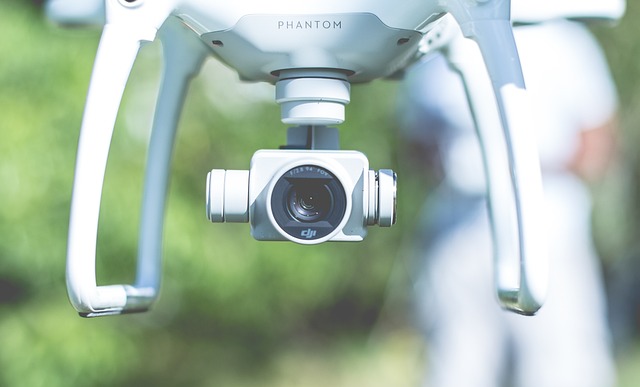
What are the Benefits of Drone Inspections?
As we’ve discussed, using drones to perform inspections has way more benefits than performing them manually in pretty much every industry. Here’s a closer look at some of the benefits of drones that we mentioned earlier.
Worker Safety
Most inspections call for workers to climb tall structures, which puts them at a high risk of falling. Even with the right safety equipment, serious or even fatal falls could still happen.
Falling isn’t the only risk of these safety inspections. During oil and gas structure inspections, workers can be exposed to dangerous chemicals and fumes, as well as the possibility of a fire. Cell tower inspections can be dangerous because of the high levels of electromagnetic radiation. Outdoor inspections in general can also bring the possibility of dangerous weather.
Drones can carry out inspections in these dangerous conditions so that workers don’t have to. A remote pilot can fly the drone from a safe place on the ground and inspectors can view the data from anywhere.
Speed
One of the greatest benefits of drone inspections is their speed. Inspections usually demand the use of scaffolding and other equipment to be transported, set up, and taken down several times in multiple locations, but with drones, they can be done with no extra equipment needed.
Inspectors’ only choice used to be manually scaling buildings, moving very slowly to perform in-depth visual inspections. Now that the use of drones has caught on, the same heights can be reached in minutes, collecting detailed pictures and information faster than ever.
Little Downtime
In the past, operations had to be suspended for inspections to happen. For example, inspecting a bridge over a highway usually meant the road had to be completely shut down. Flare stacks and power plants had to be stopped while lengthy inspections took place.
Downtime is expensive and can be extremely inconvenient, if not dangerous, for the public and end users of most products. Drones minimize downtime by completing inspections quickly.
Most of the time, the need for downtime is eliminated altogether. For example, a drone can safely inspect a bridge while cars are still driving on it, so detours or traffic jams don’t need to happen. Communication towers can keep operating during a drone inspection, saving companies money and making sure cell service isn’t interrupted.
Cost Savings
Drone inspections don’t use a lot of people—typically only the remote pilot and a spotter are needed on site. Inspections are finished in a fraction of the time it takes to perform them by hand, so downtime is minimized and sometimes even eliminated. This adds up to big savings for companies.
Improved Accuracy
Drones use high-resolution cameras to capture detailed pictures and videos. Thermal imagers and LiDAR sensors get even more intricate data. Plus, drones can view structures from angles that weren’t possible before.
The improved accuracy that’s brought by using drones translates to more thorough inspections that spot minor damage before it becomes major and harder to repair. Drone use increases safety for the public and for the people who regularly work near the structures being inspected.
Final Thoughts
Drones can safely and accurately execute inspections in all kinds of different industries. To learn more about drone inspections and how you can take advantage of them for your next inspection, contact our survey and mapping team. We can help you choose the equipment you’ll need and give you a quote so you can decide if drone inspections are right for you.
